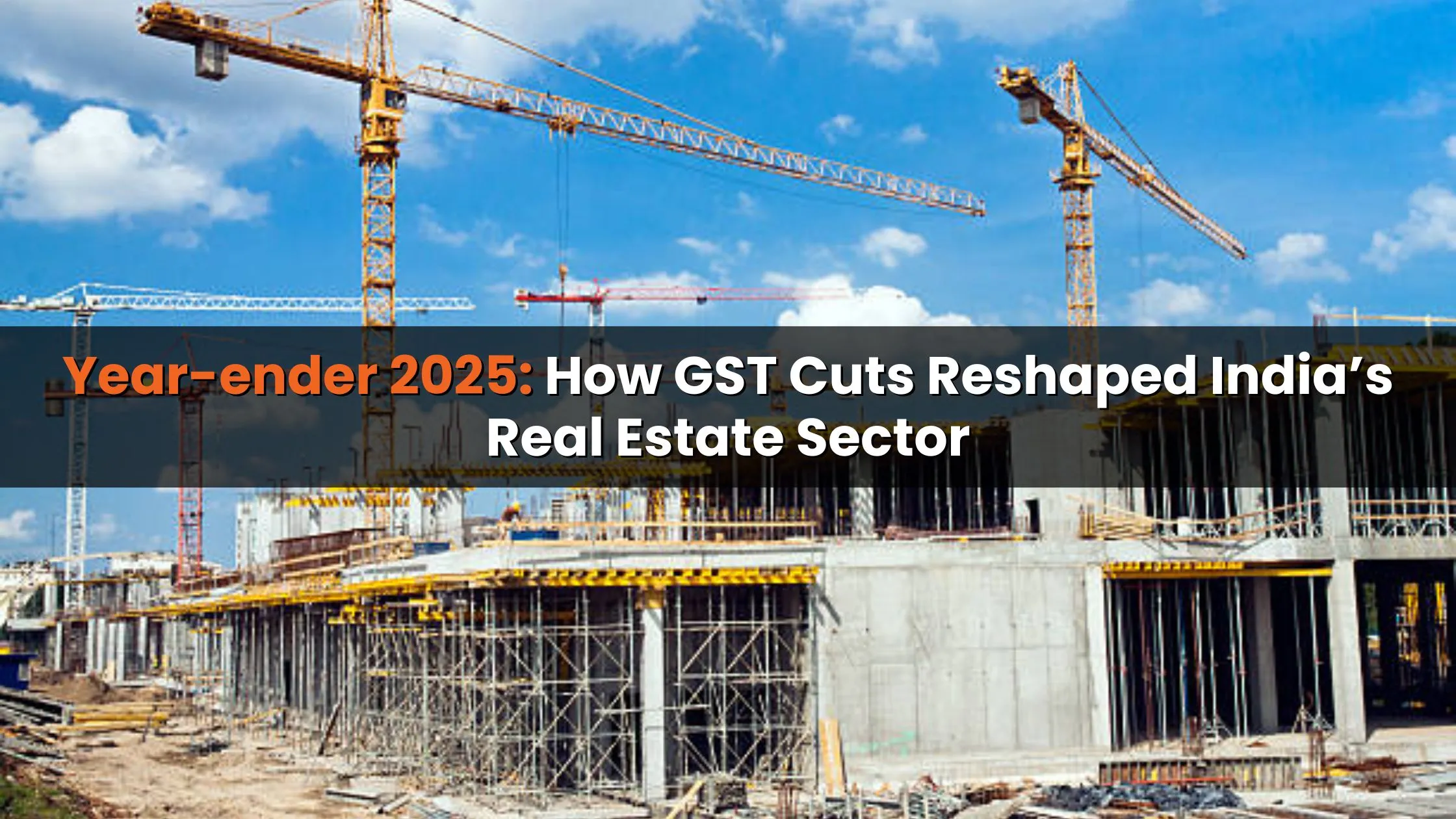Table of Content
India’s real estate sector has witnessed a remarkable upswing in the past three and a half years, with property prices in several micro markets recording extraordinary growth. The driving force behind this surge? Strategic infrastructure projects such as metro expansions, expressway linkages, and airport upgrades. These developments have enhanced connectivity, reduced commute times, and significantly boosted the desirability of once-overlooked localities.
Noida’s Sector-150 leads the national chart with an astonishing 139% increase in property values since 2021, setting a benchmark for growth potential. This trend underscores a key market reality metro fuels property prices in micro markets by making them more accessible, attractive, and investment-worthy.
Nationwide Price Trends (2021–2025)
According to ANAROCK Research, between late 2021 and mid-2025, capital values in 14 top-performing micro markets surged between 24% and 139%, while rental values rose between 32% and 81%.
This growth is closely tied to the completion and expansion of major infrastructure projects, which not only improve the livability of these regions but also create sustained demand from both investors and end-users. The combination of connectivity upgrades and economic momentum has made certain areas prime hotspots for long-term real estate appreciation.
Also Read: Urban Extension Road (UER) II: Transforming Connectivity and Real Estate in Delhi NCR
Top Performing Micro Markets and Price Growth
|
Micro Market |
Price Growth (%) |
Current Price (₹/sq. ft) |
Rental Growth (%) |
Key Growth Drivers |
|
Noida Sector-150 |
139% |
13,600 |
71% |
Township projects, greenfield planning, expressway connectivity |
|
Sohna Road, Gurugram |
74% |
11,500 |
50% |
Delhi–Mumbai Expressway, IT hubs |
|
Sarjapur Road, Bengaluru |
79% |
10,800 |
81% |
Red Line Namma Metro, IT corridor |
|
Thanisandra Main Road, BLR |
81% |
9,700 |
65% |
Proximity to Manyata Tech Park, road upgrades |
|
HITECH City, Hyderabad |
70% |
9,800 |
58% |
Tech hub, MNC campuses |
|
Gachibowli, Hyderabad |
87% |
9,350 |
66% |
IT hub, premium residential projects |
|
Hinjewadi, Pune |
40% |
8,000 |
60% |
IT park, highway access |
|
Chembur, Mumbai |
53% |
28,600 |
46% |
Metro, Eastern Freeway |
How Metro and Infrastructure Push Impact Prices
The clearest evidence that metro fuels property prices in micro markets comes from areas that have recently gained or are set to gain metro connectivity. Improved public transport reduces dependency on personal vehicles, shortens travel times, and increases access to employment hubs all of which elevate the appeal of a neighborhood.
Expressways such as the Delhi–Mumbai Expressway have also been transformative. Gurugram’s Sohna Road, for example, has emerged as a preferred destination due to faster intercity connectivity. Similarly, airport expansions, IT park developments, and planned township projects act as secondary catalysts for price growth.
City-Wise Breakdowns
- Delhi NCR: Noida Sector-150 and Sohna Road dominate growth charts due to expressways and planned greenfield developments.
- Bengaluru: Sarjapur Road and Thanisandra Main Road benefit from metro expansions and tech park proximity.
- Hyderabad: HITECH City and Gachibowli attract global IT giants and premium residential investments.
- Pune: Hinjewadi and Wagholi thrive as IT corridor extensions with improved road connectivity.
- Mumbai Metropolitan Region: Chembur and Mulund see gains from metro extensions and freeway access.
- Kolkata: EM Bypass and Rajarhat benefit from township development and corporate expansions.
- Chennai: Perambur and Pallavaram grow on the back of suburban rail and airport proximity.
Rental Market Insights
Infrastructure upgrades not only raise property prices but also drive rental growth. With more professionals seeking well-connected homes, rental demand has soared in several markets.
|
Micro Market |
Rental Growth (%) |
Avg. Rent (₹/month) |
|
Sarjapur Road, BLR |
81% |
38,000 |
|
Wagholi, Pune |
69% |
24,000 |
|
Gachibowli, Hyderabad |
66% |
36,600 |
|
Thanisandra Main Road |
65% |
33,800 |
|
HITECH City, Hyderabad |
58% |
36,350 |
Also Read: Homebuyers’ Right to Refuse Possession if Promised Car Parking Is Not Provided
Expert Insights & Market Outlook
Real estate experts point out that micro markets tied to major infrastructure completions are best positioned to maintain above-average gains in the near future. Between 2026 and beyond, ANAROCK projects 6–7% annual growth in property prices and 7–10% rental increases, both outpacing inflation.
As more metro lines, expressways, and IT corridor expansions are completed, the link between connectivity and real estate value will only strengthen. This means metro fuels property prices in micro markets not just temporarily but as part of a long-term trend.
Conclusion
The last few years have reinforced a clear pattern infrastructure investment is the engine that powers real estate growth. From Noida’s record-breaking Sector-150 to Bengaluru’s booming Sarjapur Road, the evidence is overwhelming that metro fuels property prices in micro markets by making them more livable, accessible, and attractive to investors.
For both homebuyers and investors, keeping a close watch on upcoming metro projects, expressways, and urban development plans could be the key to spotting the next high-growth destination.
Follow AquireAcers Whatsapp Channel to Stay Updated With The Latest Real Estate News







Ans 1. Metro projects improve accessibility, reduce travel times, and connect residential areas to key business hubs, making them more attractive and pushing up property values.
Ans 2. Noida’s Sector-150 recorded the highest surge, with prices rising by 139% between 2021 and 2025, driven by expressway links and township planning.
Ans 3. Yes, better connectivity attracts more working professionals, increasing rental demand and pushing rents up, as seen in areas like Sarjapur Road and Gachibowli.
Ans 4. Expressways, airport expansions, IT park developments, and planned township projects also play a major role in raising property values.
Ans 5. Delhi NCR, Bengaluru, Hyderabad, Pune, Mumbai, Kolkata, and Chennai have seen notable gains in micro markets connected to new metro lines.
Ans 6. Experts believe the impact is long-term, as connectivity upgrades permanently enhance a location’s desirability for both buyers and tenants.
Ans 7. Tracking upcoming metro lines, expressway routes, and large-scale commercial developments can help spot areas likely to appreciate in value.
Ans 8. Yes, even emerging cities with new metro or BRTS systems tend to experience property value increases once connectivity improves.
Ans 9. Buying before completion can offer lower entry prices and higher appreciation potential, though it comes with a longer wait for benefits.
Ans 10. Depending on the location, yields have been rising significantly, with rental growth between 32% and 81% in top-performing markets.